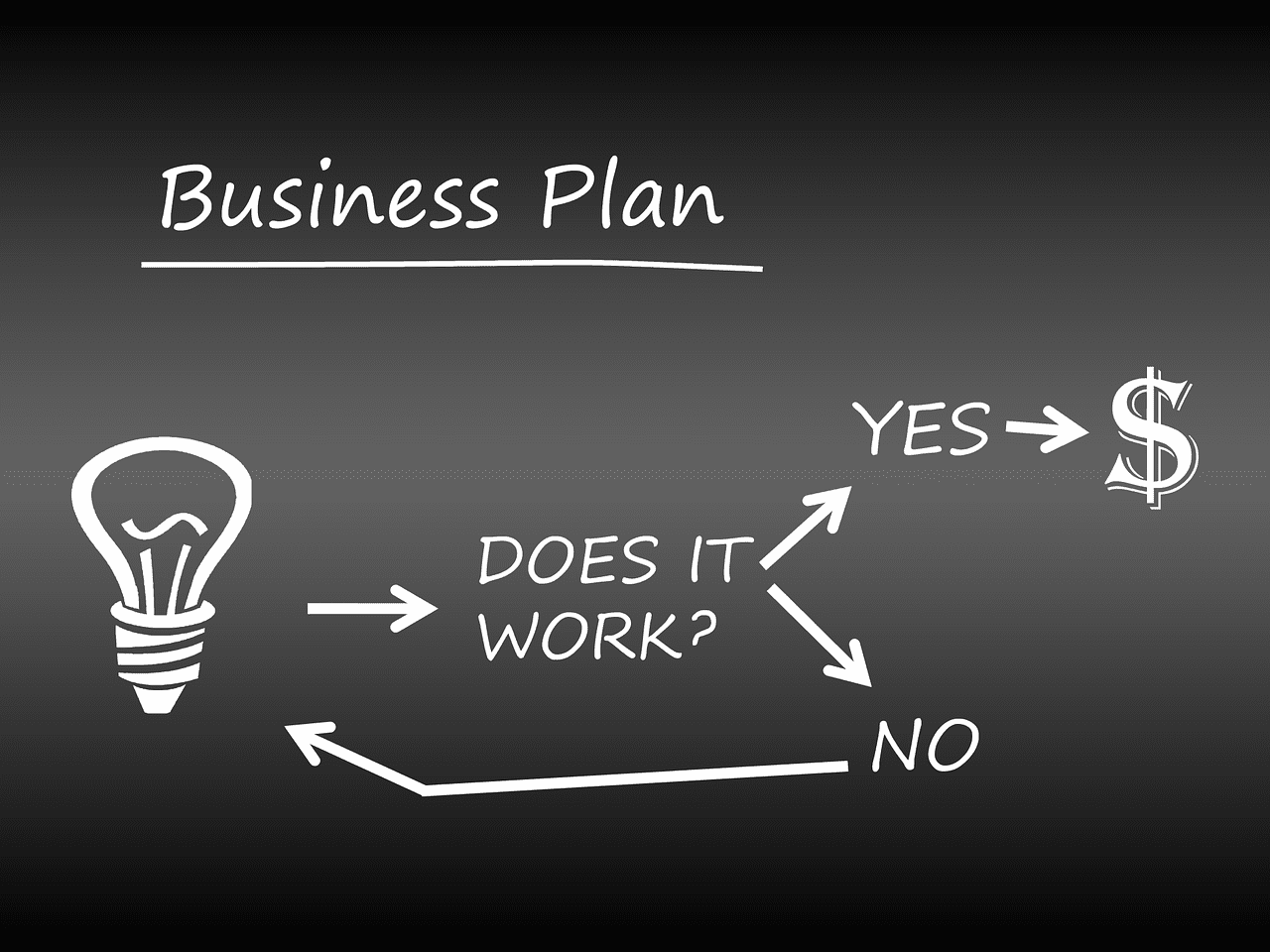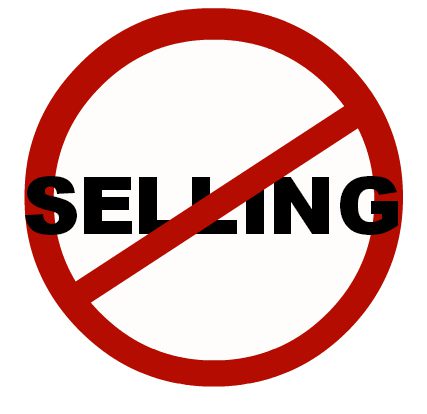13 Things Mentally Strong People Don’t Do
By Steve Feld|2025-10-20T21:08:23-07:00October 10, 2025|Categories: Business, Coaching, Entrepreneur, Leadership|Tags: Business, entreprenuer, Growth, Owner|
Believe in yourself even when no one else does
By Steve Feld|2024-12-28T21:16:56-07:00September 12, 2025|Categories: Business, Coaching, Entrepreneur, Leadership|Tags: Business, entreprenuer, Leadership, success|
7 Social Media DOs and DON’Ts for Small Businesses
By Steve Feld|2024-12-28T21:12:43-07:00August 8, 2025|Categories: Business, Coaching, Entrepreneur|Tags: Business, entreprenuer, Leadership, Owner|
Operation Money-Leverage!”
By Steve Feld|2024-12-28T21:31:33-07:00July 11, 2025|Categories: Business, Coaching, Entrepreneur, Sales|Tags: Business, entreprenuer, Growth, Owner, success|
Six Business Surveys You Can Use Today
By Steve Feld|2024-12-28T21:10:08-07:00June 13, 2025|Categories: Business, Coaching, Entrepreneur, Sales|Tags: Business, entreprenuer, Growth, sales, success|
7 Simple Ways Successful People Cultivate Better Mindsets
By Steve Feld|2024-12-28T21:04:35-07:00May 9, 2025|Categories: Business, Coaching, Entrepreneur, Leadership|Tags: Business, entreprenuer, Leadership, success|
10 Proven Strategies to Keep Your Best People Happy, Engaged, and Loyal
By Steve Feld|2025-04-20T21:12:45-07:00April 11, 2025|Categories: Business, Coaching, Entrepreneur, Leadership|Tags: Business, entreprenuer, Leadership, Owner, success|
When Should I Review My Business Plan?
By Steve Feld|2024-12-28T20:57:08-07:00March 14, 2025|Categories: Business, Coaching, Entrepreneur, Leadership|Tags: Business, entreprenuer, Growth, Leadership, Owner, success|
Are You Open to Getting More Sales?
By Steve Feld|2024-12-28T20:54:26-07:00February 7, 2025|Categories: Business, Coaching, Entrepreneur, Sales|Tags: Business, entreprenuer, Growth, sales|
YES! I don’t want your business
By Steve Feld|2024-12-28T20:15:37-07:00January 15, 2025|Categories: Business, Coaching, Sales|Tags: Business, entreprenuer, sales, success|










